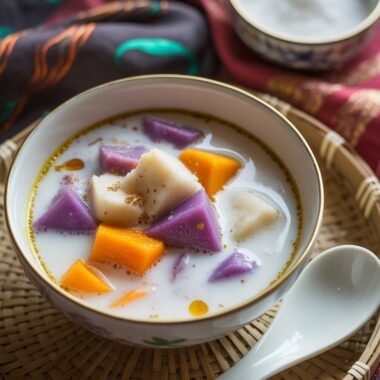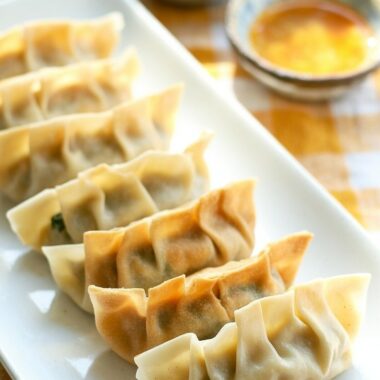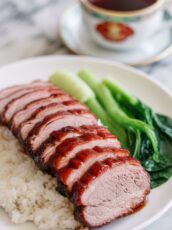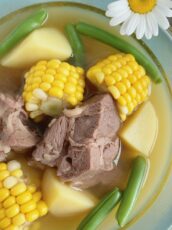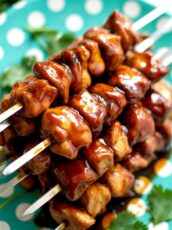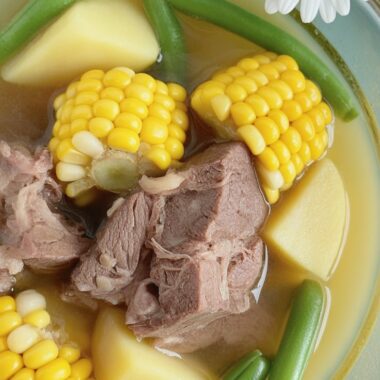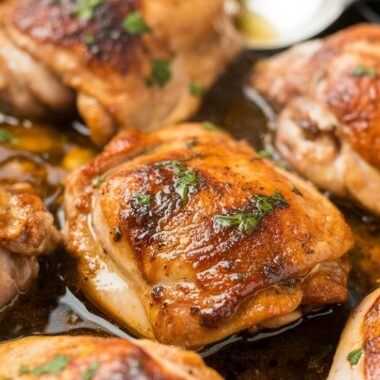There’s something magical about a cake that jiggles when you touch it and melts the second it hits your tongue. Taiwanese Castella Cake is one of those desserts that looks impressive, tastes heavenly, and yet uses the simplest of ingredients.
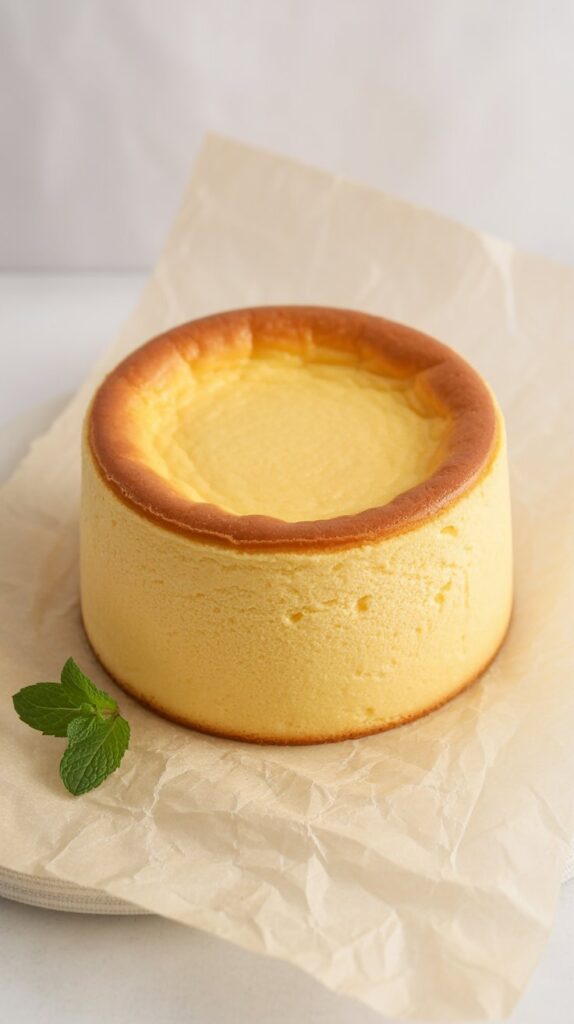
The first time I made this cake, I couldn’t stop poking it (gently!) just to watch it bounce back. The texture is pillowy, the sweetness is subtle, and every bite feels like it came from a high-end bakery. But here’s the best part — with the right method and a little patience, you can make it right at home.
What Makes Taiwanese Castella Cake Special
Taiwanese Castella Cake is the softer, fluffier cousin of the Japanese version. It’s baked in a water bath, which keeps the texture silky and prevents cracks, and it has a mild sweetness that makes it perfect with tea or fresh fruit.
The crumb is tight and fine, giving you that smooth, bouncy structure. It’s not heavy or overly rich — just pure, cloud-like softness. And yes, it’s the kind of cake that people will insist you bought from a specialty bakery.
Ingredients You’ll Need
- Cake Flour – Creates that delicate, airy crumb.
- Salt – Balances the sweetness.
- Unsalted Butter – Adds moisture and richness without overpowering the flavor.
- Milk – Keeps the cake soft and tender.
- Eggs – The star of the show; yolks for richness, whites for that airy meringue.
- Cream of Tartar – Helps stabilize the egg whites.
- Vanilla Extract – Gives a warm, sweet aroma.
- Sugar – For gentle sweetness.
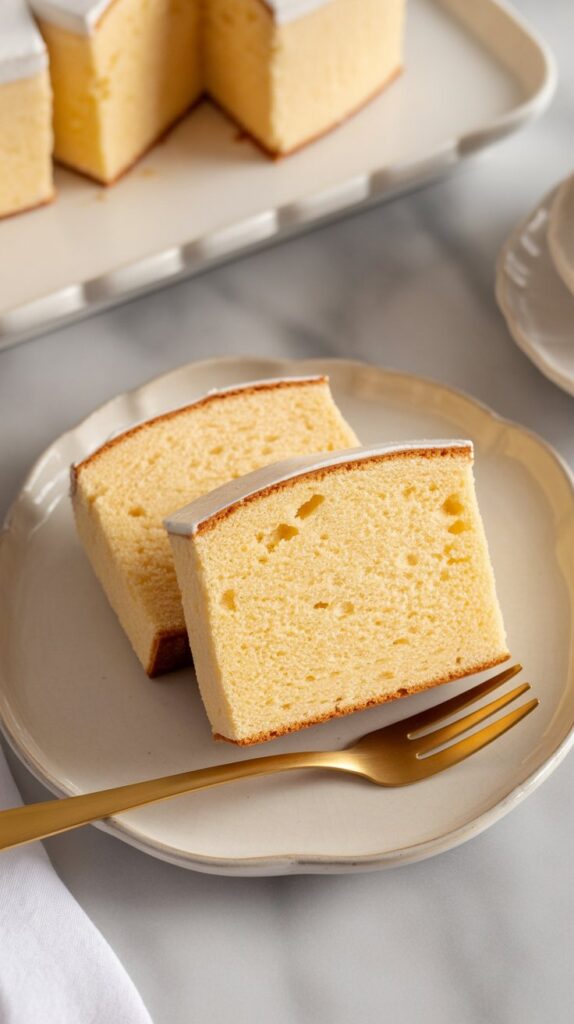
Substitutions and Additions
- Flour Swap: No cake flour? Use all-purpose flour, remove 2 tablespoons per cup, and replace with cornstarch.
- Butter Alternative: Neutral oil works if you prefer an even softer crumb.
- Flavor Boosts: Try adding honey for extra aroma, cocoa powder for chocolate, or matcha for an earthy twist.
Step-by-Step: How I Make It
- Prepare Your Pan & Oven – Line your cake pan with parchment so it’s easier to lift out later, and set your oven to a gentle 300°F (150°C). Wrap the pan with foil if it’s not fully sealed to prevent water from the bath seeping in.
- Sift Dry Ingredients – This keeps the batter lump-free and helps the cake stay light.
- Warm Butter & Milk – Just warm enough to melt the butter, not boil.
- Mix in Yolks & Vanilla – Combine until smooth.
- Make the Meringue – Whip egg whites with cream of tartar, adding sugar in stages until you have soft, glossy peaks.
- Fold Gently – Work slowly to avoid deflating the batter.
- Pour & Tap – Pour batter into the pan from a height to pop bubbles, then tap on the counter.
- Water Bath Bake – Bake for about 65–70 minutes, then cool slightly before unmolding.
My Tips for Perfect Results
- Weigh Ingredients: Precision matters here for consistency.
- Room-Temperature Eggs: They whip better and hold more air.
- No Over-Whipping: Stop at soft peaks for a smooth top.
- Hot but Not Boiling Water Bath: Prevents the cake from rising too fast and cracking.
- Gentle Folding: Over-mixing will knock out the air and make the cake dense.

How I Serve It
- With Whipped Cream & Berries – Fresh and light.
- With a Dusting of Powdered Sugar – Elegant and simple.
- As Afternoon Tea Cake – Perfect with green tea or coffee.
Variations to Try
- Honey Castella – Add 2 tablespoons of honey to the yolk mixture.
- Chocolate Castella – Whisk in ⅓ cup of cocoa powder with the dry ingredients.
- Matcha Castella – Add 1 tablespoon of matcha powder for an earthy twist.
FAQ
Why did my cake crack?
The oven may have been too hot, the meringue over-whipped, or the water bath too hot.
Why did my cake deflate?
A little deflation is normal, but too much could mean under-baking or over-whipping the meringue.
Can I make it ahead?
It’s best fresh, but you can store in the fridge for up to 3 days or freeze for up to 3 months.
Is it the same as Japanese Castella Cake?
No — Japanese versions are usually denser and sweeter, often made with bread flour and honey syrup.
Taiwanese Chocolate Castella Cake
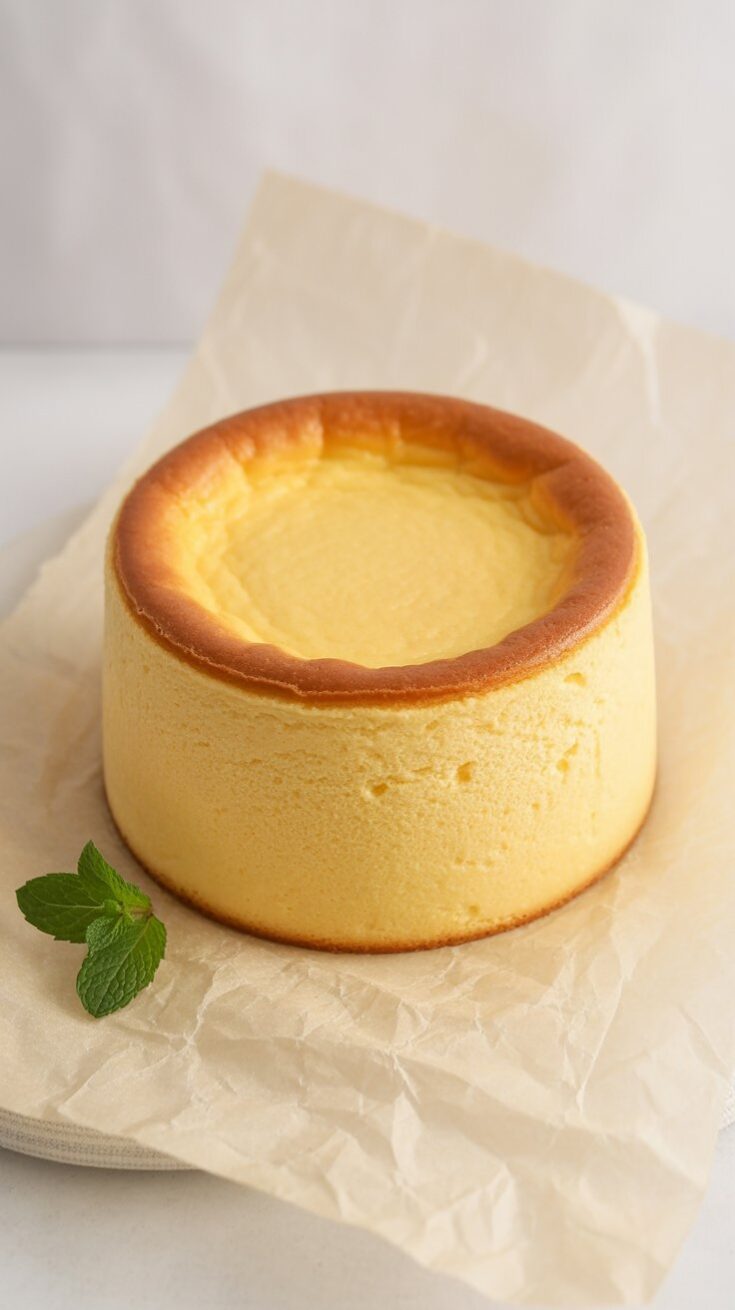
Light, airy, and just the right touch of sweetness — this Taiwanese Castella Cake is the kind of dessert that makes you close your eyes for that first bite.
Ingredients
- 8 large eggs, separated and at room temperature
- 130 g (1 cup) cake flour
- 130 g (9 tablespoons) unsalted butter
- 130 g (½ cup + 2 teaspoons) whole milk
- 130 g (⅔ cup) granulated sugar
- ½ tablespoon vanilla extract
- ¼ teaspoon salt
- ½ teaspoon cream of tartar
Instructions
- Make the Batter : Line an 8x8x3-inch cake pan with parchment, letting it extend an inch above the rim for easy lifting. If your pan has gaps at the corners, wrap the outside in foil. Preheat the oven to 300°F (150°C) and prepare a water bath by heating water to about 175°F (79°C).
- In a bowl, sift together the cake flour and salt until light and lump-free.
- Warm the butter and milk together in a small saucepan over medium heat until the butter melts and the mixture is just steaming — avoid letting it boil. Pour this into the flour mixture and whisk until smooth.
- Add the egg yolks one at a time, whisking after each addition, then stir in the vanilla until the batter is silky.
- Prepare the Meringue : Wipe the mixing bowl and whisk with a touch of vinegar to remove any trace of grease. Beat the egg whites with the cream of tartar until foamy. Gradually add the sugar in three portions, beating at medium speed until soft, glossy peaks form — the tips should gently curl when lifted.
- Combine and Bake : Gently fold one-third of the meringue into the yolk mixture, lifting and turning the batter until incorporated. Repeat with the remaining meringue in two more additions, folding until the color is even.
- Pour the batter into the prepared pan from a height of about 12 inches to help pop large air bubbles. Tap the pan lightly on the counter, then use a toothpick to release any visible bubbles.
- Set the cake pan in a larger baking dish and pour in the hot water until it comes 1–1.5 inches up the sides. Bake on the lower third rack for 65–70 minutes, until the top is golden and a toothpick inserted in the center comes out clean.
- Let the cake rest in the pan for 2 minutes, then carefully lift it out, peel away the parchment, and slice. Expect it to shrink slightly as it cools — that’s part of its charm.
Notes
- Best enjoyed fresh the day it’s baked. Store leftovers in an airtight container in the fridge for up to 3 days, bringing to room temperature before serving. For longer storage, wrap well and freeze for up to 3 months, then thaw overnight in the fridge.
Nutrition Information:
Yield: 10 Serving Size: 1Amount Per Serving: Calories: 9095Total Fat: 232gSaturated Fat: 138gTrans Fat: 9gUnsaturated Fat: 75gCholesterol: 799mgSodium: 2821mgCarbohydrates: 1447gFiber: 44gSugar: 220gProtein: 279g
Asianplated.com, occasionally offers nutritional information for recipes contained on this site. This information is provided as a courtesy and is an estimate only. This information comes from online calculators. Although allchickenrecipes.com attempts to provide accurate nutritional information, these figures are only estimates.
Final Thoughts
Taiwanese Castella Cake is one of those recipes that looks like it took all day but is actually just about careful steps and patience. Once you slice into that golden crust and see the bouncy, cloud-like crumb inside, you’ll understand why it’s such a beloved dessert. Serve it plain or dressed up — either way, it’s going to impress.
Try other Taiwanese recipes:

